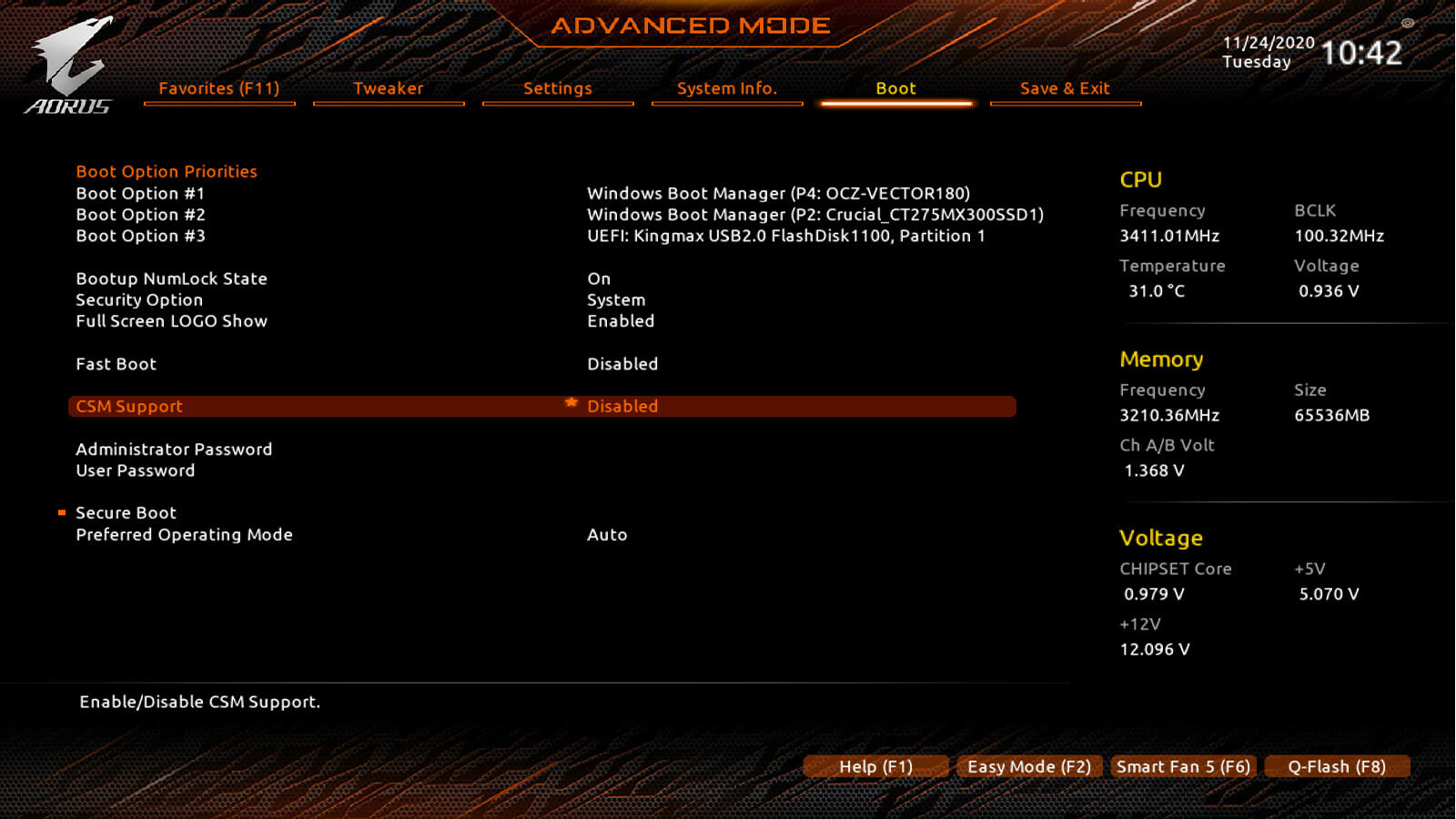
How to Enter BIOS on Gigabyte Motherboard: A Comprehensive Guide
Are you struggling to access the BIOS settings on your Gigabyte motherboard? Whether you’re a tech enthusiast or a beginner, knowing how to enter the BIOS is essential for configuring your computer’s hardware and optimizing its performance. In this article, we will provide you with a step-by-step guide on how to easily access the BIOS on your Gigabyte motherboard. So, let’s dive in!
Section 1: Understanding the BIOS
In this section, we will explain what the BIOS is, its significance, and how it functions. You will gain a clear understanding of why accessing the BIOS is crucial for tweaking your system settings and ensuring compatibility with various hardware components.
Section 2: Powering On and Entering BIOS
Here, we will guide you through the process of entering the BIOS. We will explain the different ways to access the BIOS on your Gigabyte motherboard, including using specific keys during startup or through Gigabyte’s UEFI DualBIOS interface. You’ll find detailed instructions and troubleshooting tips to help you if you encounter any difficulties.
Section 3: Navigating the BIOS Interface
Once you’re inside the BIOS, it’s essential to know how to navigate through its menus and options effectively. In this section, we will provide an overview of the Gigabyte BIOS interface, highlighting its various sections and explaining the purpose of each. You’ll also learn about common BIOS settings that you may need to modify for optimal performance.
Section 4: Configuring Boot Order and Devices
Configuring the boot order and devices is crucial when you want to install a new operating system or boot from a specific device. In this section, we will guide you on how to modify the boot order and select the primary boot device using the Gigabyte BIOS. We’ll also discuss how to troubleshoot boot-related issues.
Section 5: Overclocking and Performance Tweaking
If you’re interested in boosting your system’s performance, overclocking can be a viable option. In this section, we will explore how to safely overclock your Gigabyte motherboard through the BIOS settings. We’ll cover aspects such as adjusting the CPU frequency, memory timings, and voltage settings, while emphasizing the importance of caution and stability.
Section 6: Updating BIOS Firmware
Maintaining an up-to-date BIOS firmware is crucial for stability, compatibility, and security. In this section, we will guide you through the process of updating your Gigabyte motherboard’s BIOS firmware using various methods, including Gigabyte’s @BIOS utility, Q-Flash, and the BIOS itself.
Section 7: Troubleshooting BIOS Issues
Encountering issues with the BIOS can be frustrating, but fear not! In this section, we will discuss common problems that users face when working with the BIOS and provide troubleshooting tips to resolve them. From boot failures to incorrect settings, we’ve got you covered.
Section 8: Resetting BIOS Settings
If you’ve made changes to your BIOS settings and want to revert to the default configuration, this section will guide you through the process of resetting the BIOS. We’ll explain the different methods you can use to reset the BIOS settings on your Gigabyte motherboard and ensure a fresh start.
Section 9: BIOS vs. UEFI: Understanding the Differences
With the advent of UEFI (Unified Extensible Firmware Interface), the traditional BIOS has evolved. In this section, we will compare BIOS and UEFI, discussing their differences, advantages, and potential considerations when it comes to Gigabyte motherboards.
Section 10: Frequently Asked Questions (FAQ)
In this final section, we will address some common questions related to accessing and utilizing the BIOS on Gigabyte motherboards. We aim to provide clear and concise answers to help you overcome any confusion or doubts you may have.
Conclusion
Accessing the BIOS on your Gigabyte motherboard may seem intimidating at first, but with our comprehensive guide, you can navigate through it confidently. We have covered everything from understanding the BIOS to troubleshooting and resetting it. By mastering the BIOS settings, you’ll be able to unleash the full potential of your Gigabyte motherboard and optimize your computer’s performance to suit your needs.
Remember, always proceed with caution when making changes in the BIOS, ensuring you have a clear understanding of the impact each modification can have on your system. Happy tweaking!